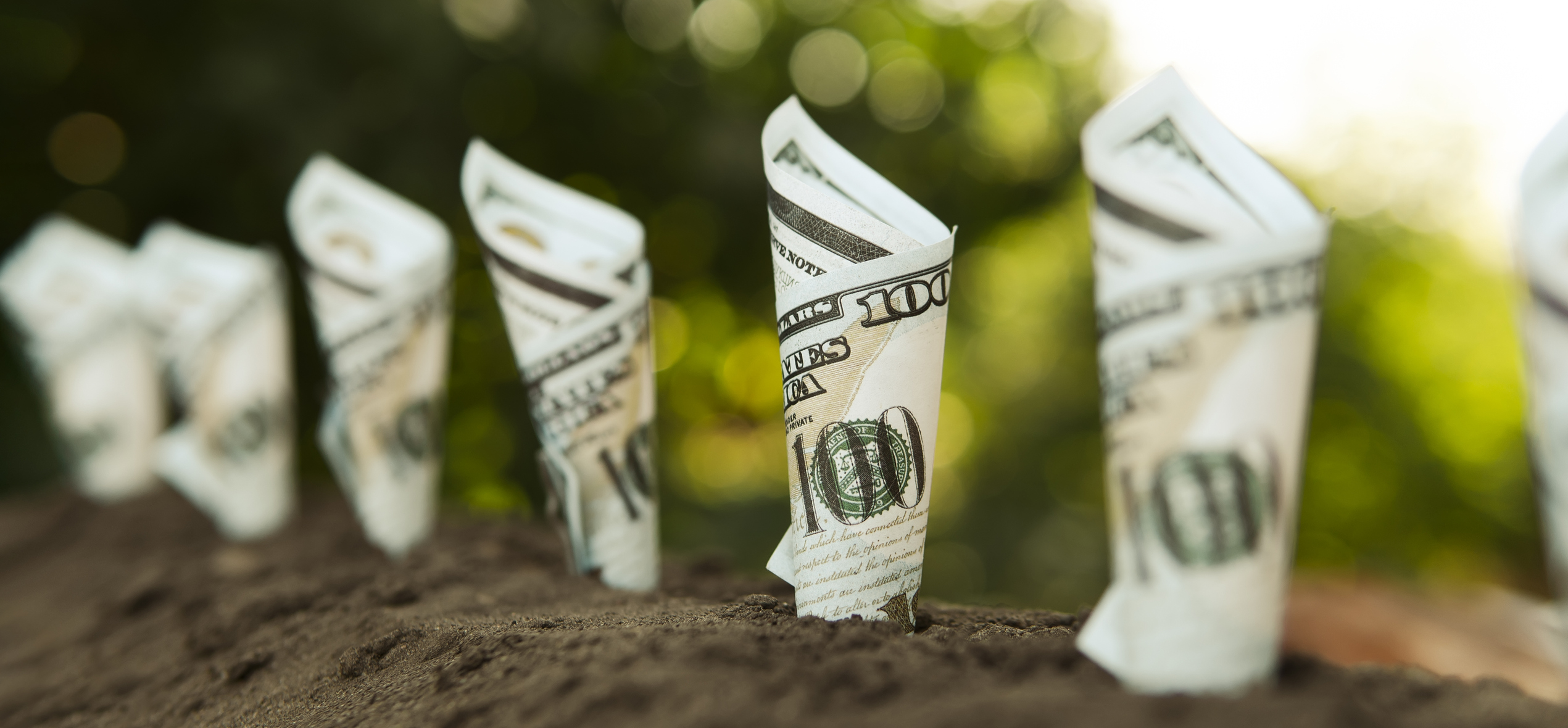
One common temptation for dividend investors is the allure of a higher-than-average dividend yield. It’s understandable why this would attract income-seeking investors, as larger dividends mean bigger checks from their stock investments. However, it’s not always the case that a larger yield equates to better returns.
For those aiming to add income through dividends to their investment portfolio, it’s crucial to thoughtfully weigh the significance of potential share price increases, current dividend yields, and future dividend growth rates. Overemphasizing the dividend yield might lead to overlooking substantial long-term gains in the stock’s underlying value or significant advances in a company’s dividend payouts in the future.
Apple Inc. (AAPL), while not offering a significant dividend yield at the moment (0.51%), compensates well by demonstrating strong potential for future dividend growth.
A small but mighty dividend
Today, the dividend yield for Apple is only 0.5%, while the average for the S&P 500 is 1.2%. At first glance, it might seem unusual to label Apple as a “great” dividend stock. However, let me explain why this may still be the case.
This low yield could suggest that Apple’s management is reinvesting the profits back into the company for future growth and innovation rather than distributing them as high dividends. Despite the lower current dividend payout, investors might find appeal in the potential for capital appreciation and future income from a consistently profitable tech giant like Apple. So, while it may not be the highest yielding dividend stock right now, its other strengths could make it an attractive choice for some investors.
Apple consistently raises its yearly dividend, yet it only distributes a modest portion of what it could afford to pay as dividends. Currently, Apple’s annualized dividend payment rate stands at $1.04, which is double the amount from 10 years ago and 27% higher compared to five years ago. Most significantly, there’s significant potential for additional increases in upcoming years. Today, the company distributes only 16% of its earnings as dividends.
One simple way to understand Apple’s capacity for increasing its dividends is by looking at its cash flow statement. Even though Apple consistently produces approximately $100 billion in free cash flow (which is the remaining cash after both routine operations and capital investments are accounted for each year), the company’s annualized dividend payouts over the past 12 months amounted to just $15.3 billion.
In other words, Apple, the company behind the iPhone, has the potential to boost its dividends at a pace quicker than its profit growth if it so chooses.
Returning cash to shareholders in more ways than one
As a dedicated follower of Apple’s financial trajectory, I can’t help but notice the flexibility in their ability to boost dividends. However, it’s plausible that the speed at which they might increase their dividends over the next few years may not outpace their earnings growth significantly (or even match it). This is due to Apple’s robust inclination towards share buybacks. In fiscal year 2024 alone, they splurged a staggering $95 billion on repurchasing shares, a figure that dwarfs the $15.2 billion they distributed as dividends during that timeframe.
Apart from revealing its latest financial results on May 1 for the second quarter, Apple also disclosed that their board has approved an additional $100 billion for share buybacks. This move indicates that the company’s leadership remains optimistic about its current and future business performance, implying they consider their shares to be underpriced.
It’s highly probable that Apple will see some growth in its dividends over the coming years, given its tradition of annual dividend increases. In fact, since 2012, Apple has consistently raised its quarterly dividend each year. The company’s leadership often communicates their intention to continually increase the dividend on a yearly basis to investors.
In his latest quarterly call, Apple’s CFO, Kevan Parekh, mentioned that they intend to carry on with yearly dividend boosts, a practice they have maintained for the past 13 years.
As an Apple enthusiast, I can confidently say that we’re in for a significant cash return from the tech titan. Although it’s tricky to pinpoint the exact breakdown between dividends and share buybacks, their management has been clear about their intent to keep returning money to shareholders. In their latest earnings call, they reiterated their long-standing goal of achieving net cash neutrality – a state where total cash and marketable securities equal total debt. With a staggering $133 billion in cash reserves, an annual free cash flow of approximately $100 billion, and total debt of around $98 billion, it’s clear that Apple will need to continue doling out sums exceeding $100 billion annually (through share buybacks and dividends) for some time.
Don’t dismiss Apple as a dividend stock simply due to its modest dividend yield. While it may appear small, its mightiness lies in its strong foundation. As a financially robust company with substantial cash flows, it has the potential for significant growth year after year. To top it off, the underlying business is of excellent quality, and the management is returning cash to shareholders indirectly through stock buybacks.
Read More
- 39th Developer Notes: 2.5th Anniversary Update
- Celebs Slammed For Hyping Diversity While Casting Only Light-Skinned Leads
- The Sega Dreamcast’s Best 8 Games Ranked
- :Amazon’s ‘Gen V’ Takes A Swipe At Elon Musk: Kills The Goat
- Game of Thrones author George R. R. Martin’s starting point for Elden Ring evolved so drastically that Hidetaka Miyazaki reckons he’d be surprised how the open-world RPG turned out
- Gold Rate Forecast
- Umamusume: All G1, G2, and G3 races on the schedule
- Ethereum’s Affair With Binance Blossoms: A $960M Romance? 🤑❓
- Thinking Before Acting: A Self-Reflective AI for Safer Autonomous Driving
- Quentin Tarantino Reveals the Monty Python Scene That Made Him Sick
2025-07-17 13:34